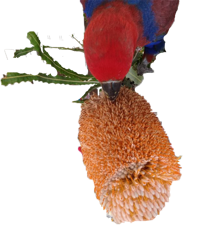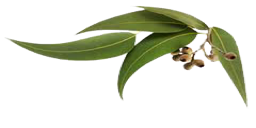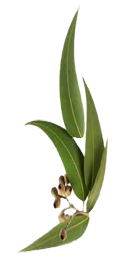Eucalyptus has been known to occasionally appear on some unsafe plant list. Parrots and cockatoos indulge on a daily basis on bark, flowers, nuts, leaves and branches of many species of eucalyptus plants. It is also very beneficial medicinally both as a topical & eaten by parrots. You can get more information on eucalyptus for parrots here
Aloe can sometimes be found on the toxic plant list because it contains a tiny yellow sap in between the leaf and the gel. This sap is said to cause irritation but the irritations are so mild that it's rarely, if ever heard of happening. Many parrot owners offer their birds the whole aloe leaf or plant and have never experienced any complications in doing this. aloe vera
Luck Bamboo is not a bamboo or from the Bamboo family. It is a type of Lily and native to some parts of Asia and Africa. It is not recommended for parrots.
Oaks and She-Oak Although Oaks are extremely harmful to parrots because of their high tannin levels, the Australian She-Oak - (Australian Pine, from the casuarina family) is safe. The name 'oak' can sometimes find the she-oak on a toxic plant list. The Australian She-Oak is not an oak. Wild cockatoos enjoy eating & shredding the leaves, nuts, flowers & branches of the She-Oak.
Brush Ironbark/Hickory Wattle Ironbark tree is from the Eucalyptus family and is safe for parrots. Brush Ironbark Wattle or Hickory Wattle is a type of Acacia, but it is also a type of Myrtle and toxic to parrots.













